The real test lies beyond optics: The SCO must convert symbolic solidarity into institutional depth.
The real test lies beyond optics: The SCO must convert symbolic solidarity into institutional depth.
By Mehmet Enes Beşer
Later this August in the northern Chinese port city of Tianjin, the 25th Heads of State Council Summit of the Shanghai Cooperation Organization (SCO) will meet, an event by most indications to be the SCO’s biggest ever. More than 20 nations are being represented by leaders, and over 10 heads of international organizations have been invited to participate between August 31 and September 1. Russian President Vladimir Putin, U.N. Secretary-General António Guterres, and Indian Prime Minister Narendra Modi, on his first visit to China in over seven years, are some of the most prominent guests.
This summit takes place against the backdrop of growing global fragmentation, with rising geopolitical tensions and the move away from unipolarity towards multipolarity. The Tianjin gathering is being presented by Beijing as a demonstration of unity among the Global South—especially significant as the United States increasingly advocates transactional and mercurial policies.
One concrete output will be the Tianjin Declaration, which is a sequel to last year’s pledges with more ingredients: more economic integration, digital cooperation, counterterrorism enhancements, and the addition of a strategic roadmap up to 2035. Analysts anticipate this to include actionable cooperation in renewable energy, connectivity infrastructure, and people-to-people exchanges. At least one Xinhua commentator has welcomed the summit as an opportunity to “present SCO solutions for international governance and reform”—a simple response to the growing Western imbalance Beijing asserts.
Symbolism will be as large as substance. Tianjin will boast a world-class media center and exhibitions, such as robots welcoming delegates—a high-tech touch signaling China’s role in regional modernization.
Nevertheless, there is internal complexity. Warning comes from analysts that although possessing the SCO’s convening power, it often provides a blurry picture of effective cooperation; rival national interests—most importantly between India and Pakistan—still remain to prevent consensus. In June, member states could not agree on a joint defense ministers’ statement due to India’s opposition to language regarding terrorism.
For India, the Tianjin event is also a strategic gesture. Modi’s attendance underscores New Delhi’s pragmatism in re-engaging China amid recent border tensions and tariff disputes. While tangible deliverables may be limited, renewing dialogue with Beijing, even within multilateral forums like the SCO, serves New Delhi’s interest in diversifying partnerships in a chaotic global environment.
Conclusion
The Tianjin 2025 SCO Summit is less about new treaties in particular and more about narrative: presenting unity, supporting multipolar international management, and suggesting a new Eurasian order not fully subordinate to the West. China, by hosting the summit, does not attempt to build an alternative alliance but to present a practical alternative platform where regional stakeholders’ voice directs policy organically.
But the real test lies beyond optics. To be something more than a platform for strategic projection, the SCO must convert symbolic solidarity into institutional depth—prioritizing mutual infrastructure, productive counterterror exercises, economic interlacing, and peer cooperation that transcends rhetorical diplomacy.
If Tianjin is able to synthesize symbolism with execution, it can position the SCO not just as a sovereign interest echo chamber, but as a strong structure of governance for the multipolar era.



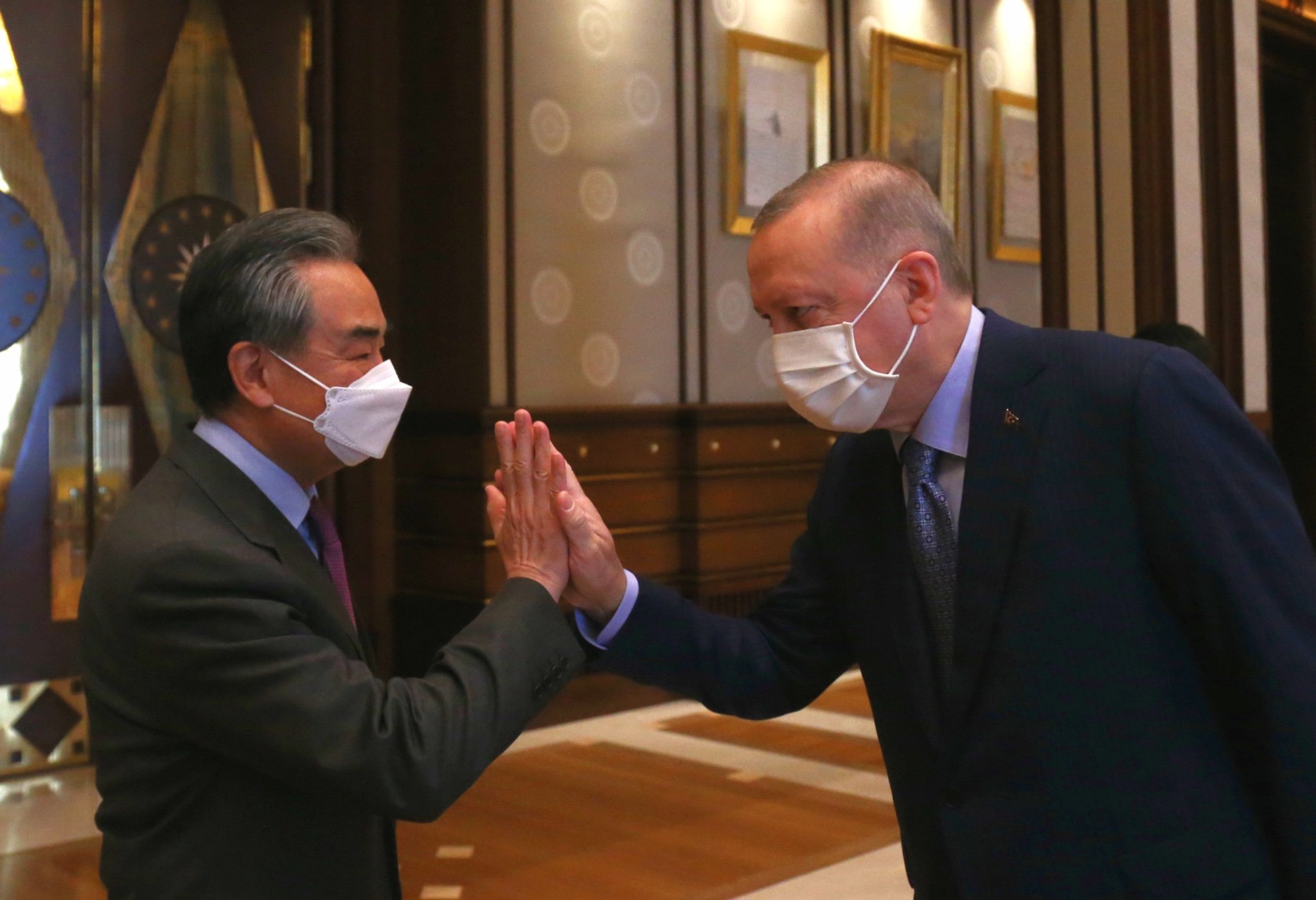



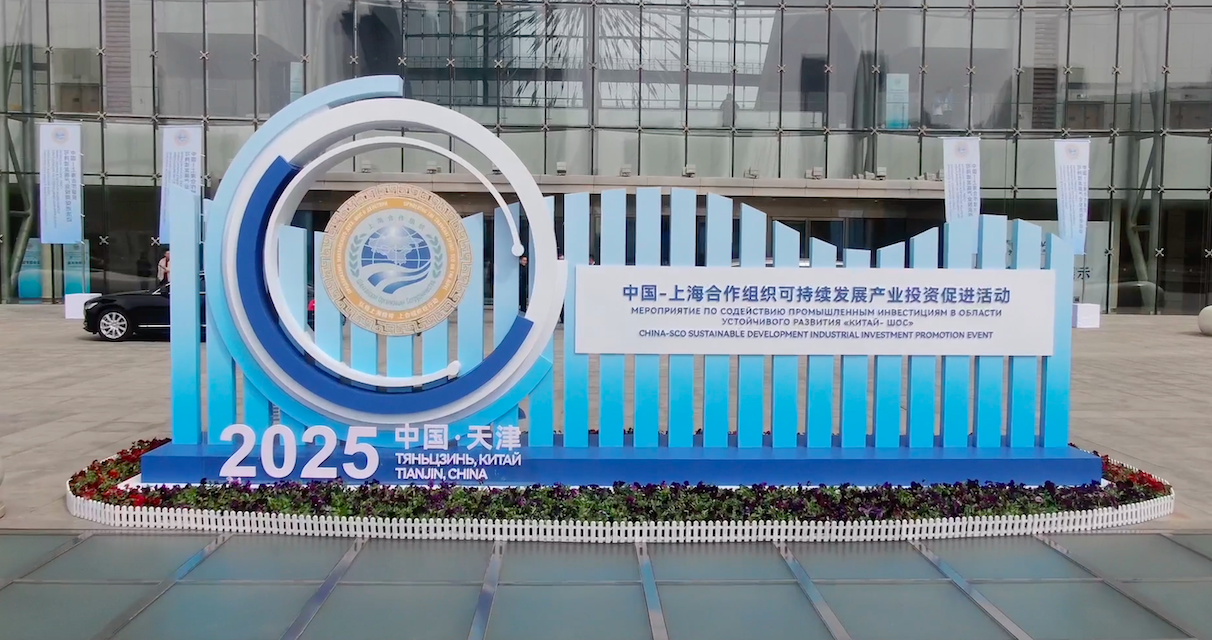

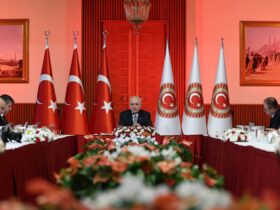
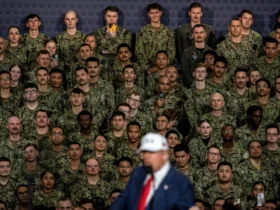
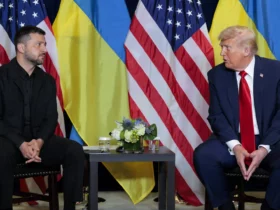




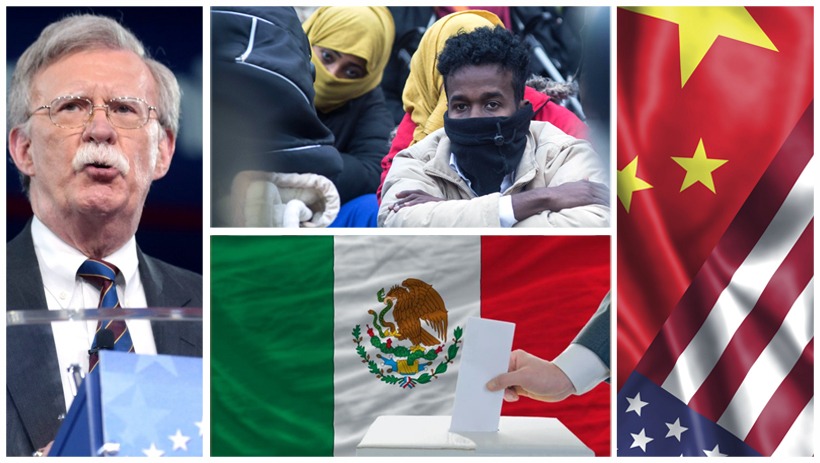
Leave a Reply